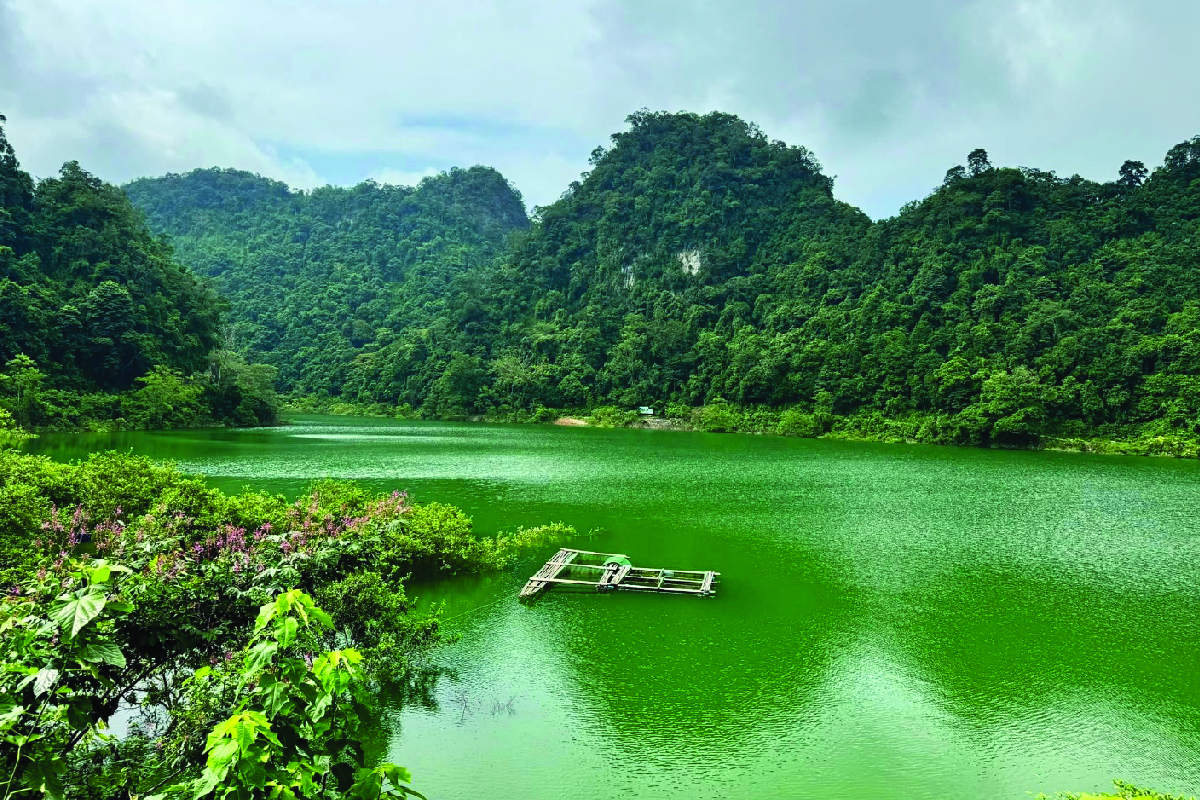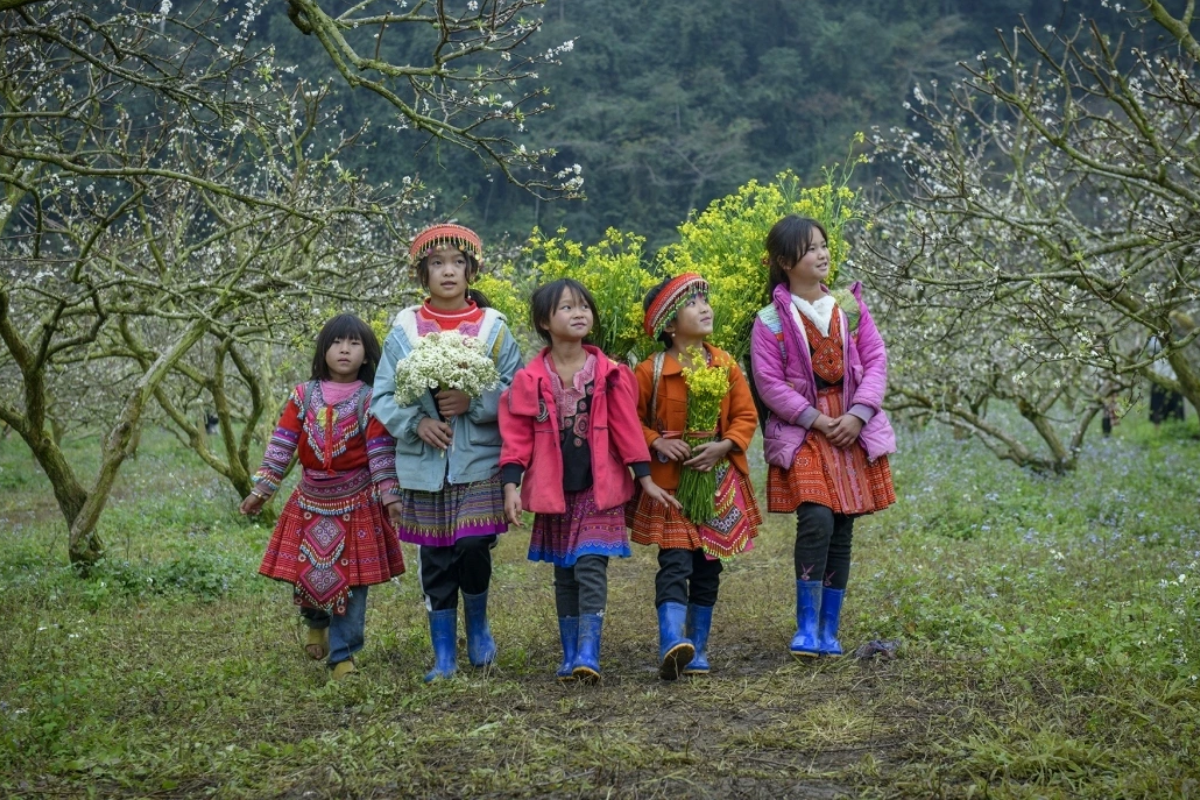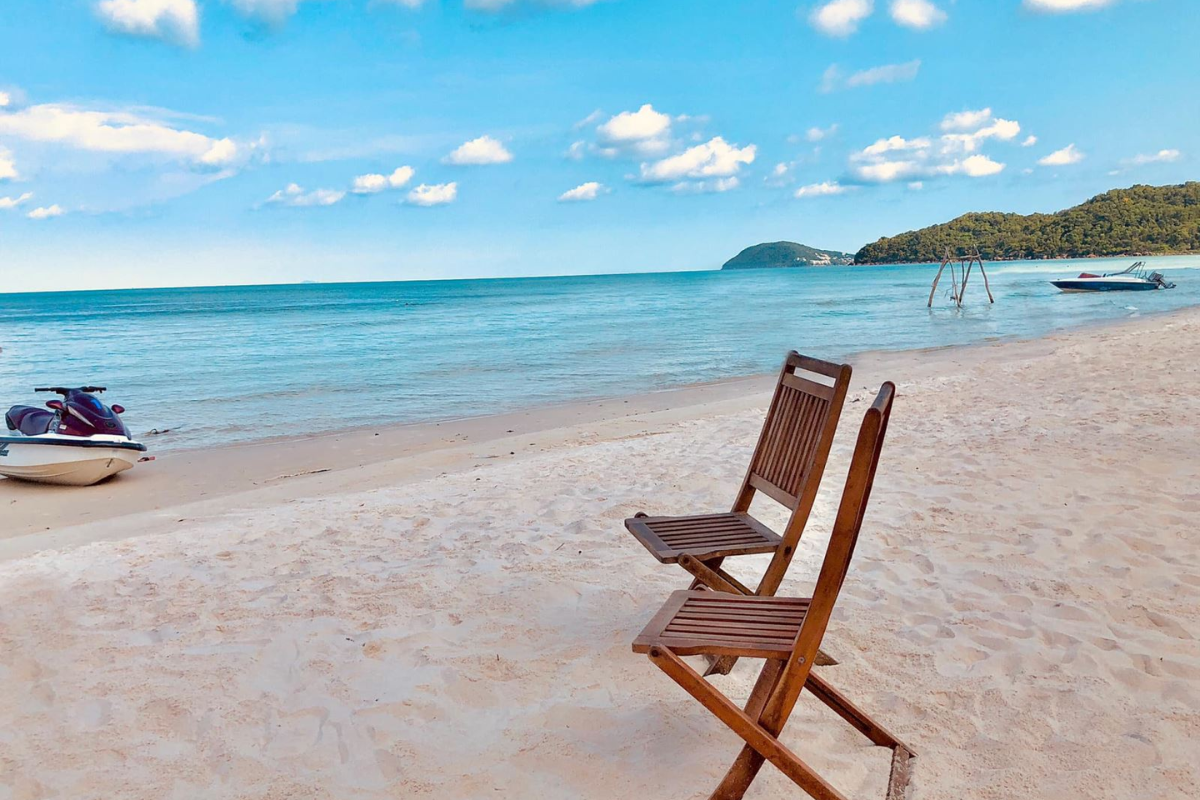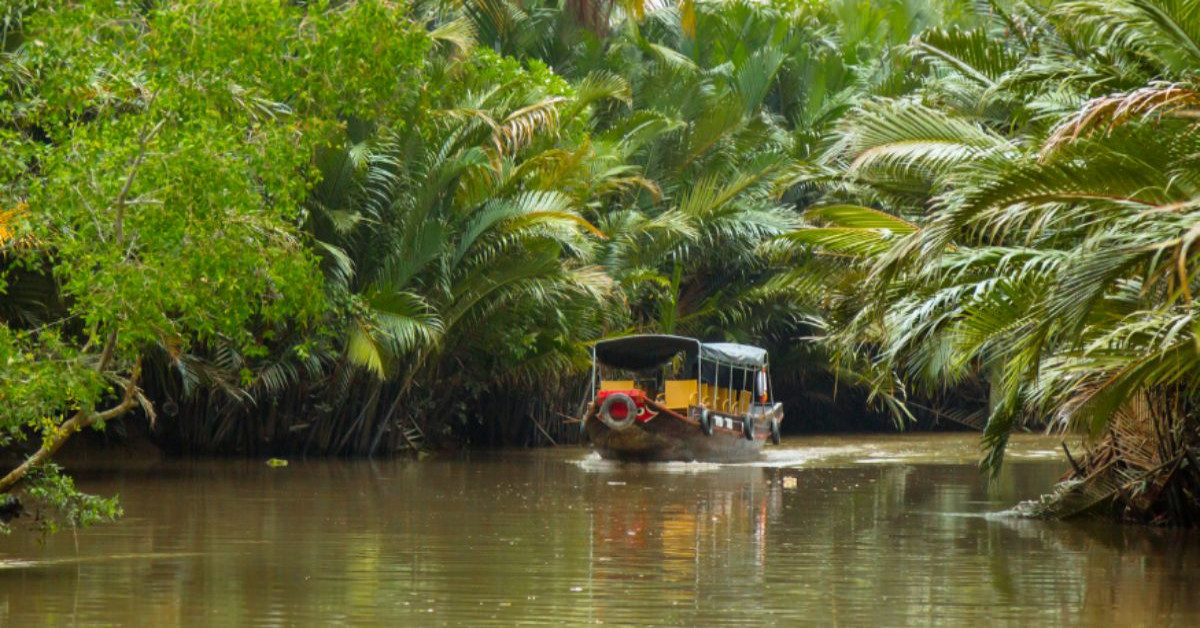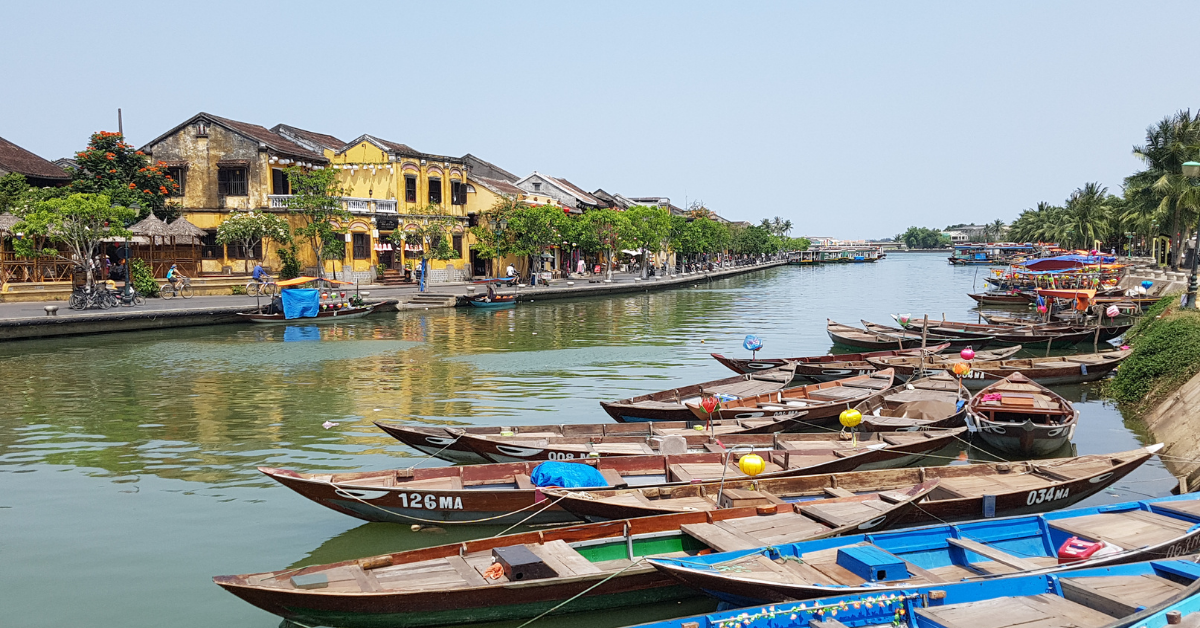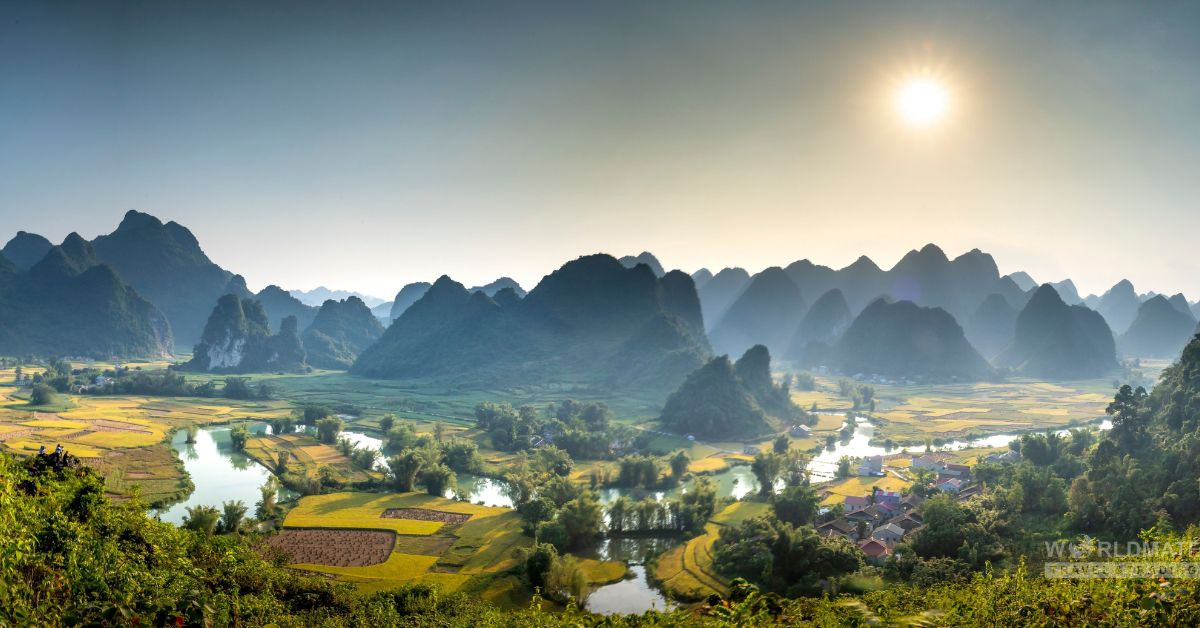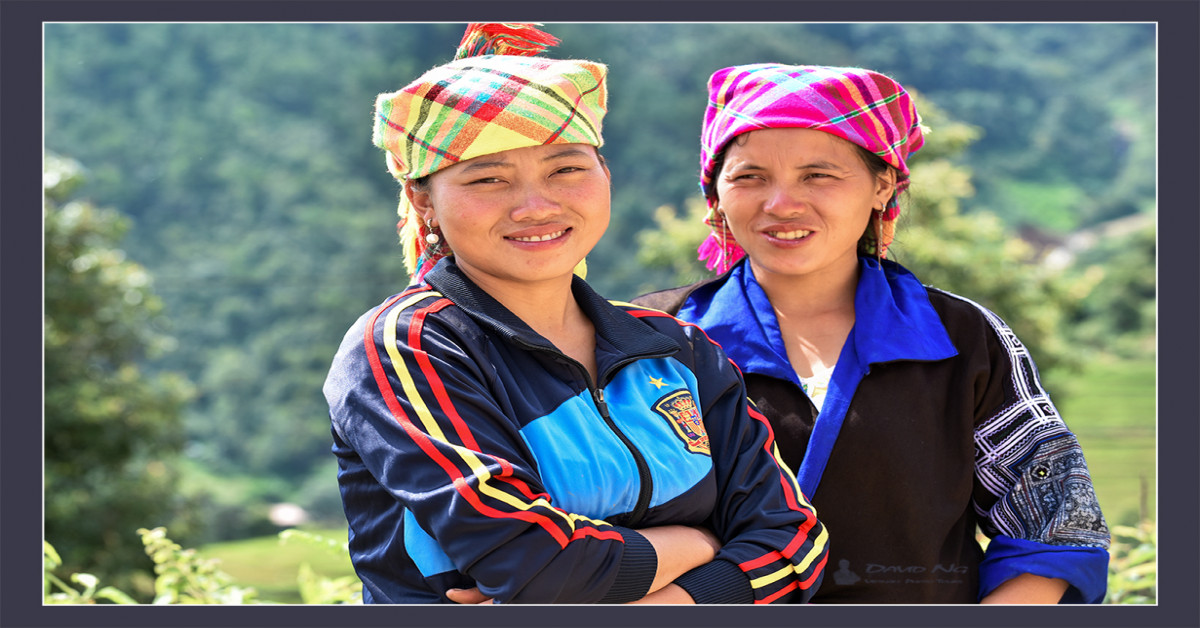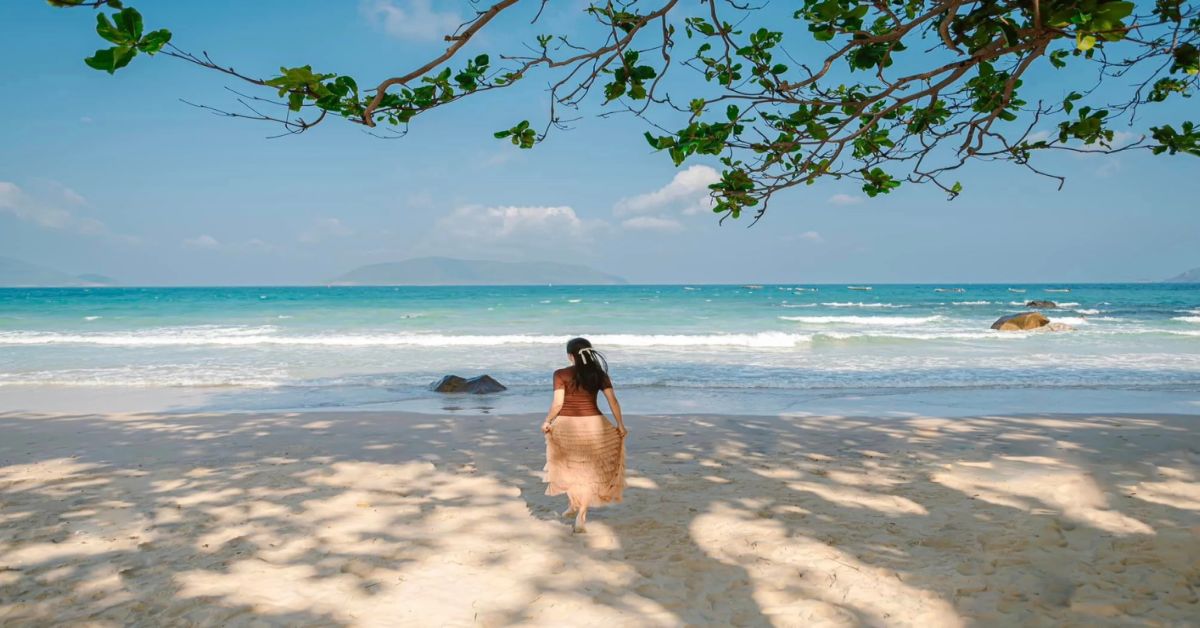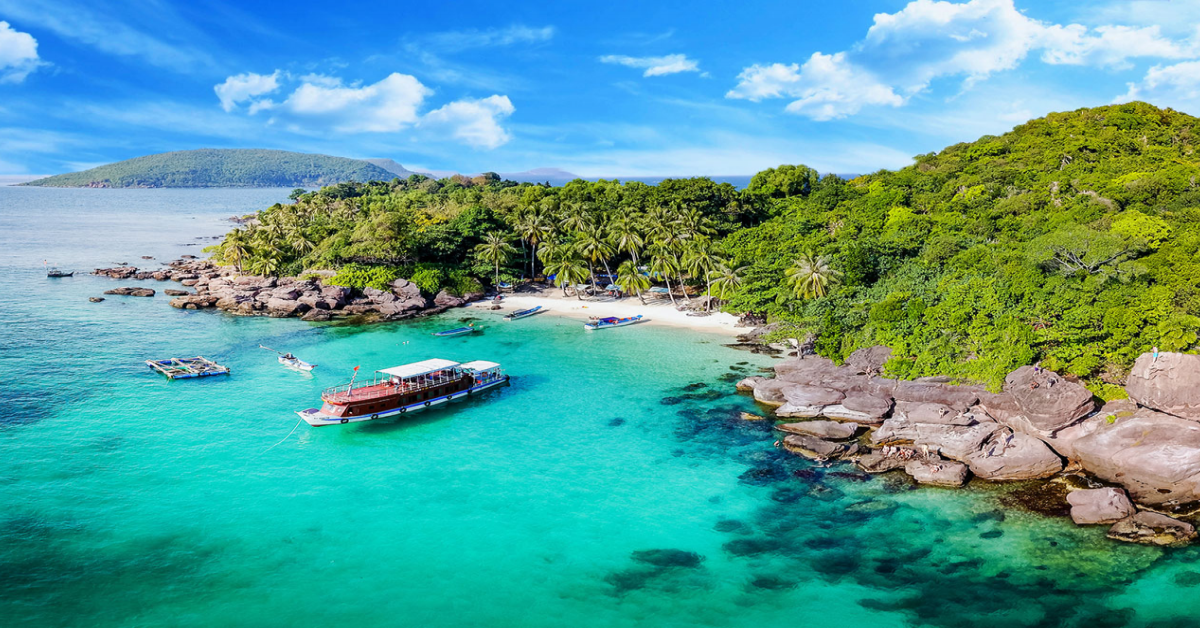Vietnam Climate Guide: Weather, Temperatures & Best Travel Times
The climate in Vietnam is varied and changes significantly from one region to another. Each area possesses distinct characteristics and the best times to visit. Gaining insight into the weather patterns and seasonal variations will enhance your travel experience, ensuring you make the most of your visit to this remarkable country.
This complexity in Vietnam's climate arises from its unique topography and geography. To enjoy a delightful journey through Vietnam, it's crucial to familiarize yourself with the climate of each region. This article will provide comprehensive information about Vietnam's climate across different areas, as well as the optimal times to visit the nation's top attractions.
1. General Features of the Climate in Vietnam
1.1. How Many Climatic Regions Does Vietnam Have?
The climate in Vietnam is divided into seven distinct zones, which are categorized based on factors such as topography, altitude, and latitude. These regions include:
- Northwest: This region includes Lai Chau, Son La, and Dien Bien, featuring a subtropical highland climate with cool temperatures throughout the year.
- Northeast: Encompassing provinces like Lao Cai and Quang Ninh, this area is affected by the northeast monsoon, resulting in cold, cloudy winters.
- Red River Delta: Home to Hanoi and surrounding areas, this region experiences hot, humid summers and cold, dry winters.
- North Central Coast: This area, including Thanh Hoa and Quang Binh, faces cold, cloudy winters and hot summers.
- South Central Coast: Comprising Da Nang and other provinces, this region enjoys warm winters and hot, dry summers.
- Central Highlands: Located at a higher altitude, this region has cooler temperatures and distinct rainy seasons.
- South: This includes the Southeast and Mekong Delta, characterized by a tropical climate with high temperatures year-round.
Each of these regions has its unique weather patterns and climatic conditions. For instance, the Northwest is known for its cooler climate, while the southern regions tend to maintain a warm and consistent temperature throughout the year. Understanding these differences is vital for travelers planning their trips.
1.2. How Cold Does It Get in Vietnam?
The climate in Vietnam varies significantly by region and season. In the northern and central parts, winter temperatures can plunge as low as 10 degrees Celsius. The coldest areas are found in the mountainous Northwest, where temperatures can dip below 0 degrees Celsius on occasion.
In contrast, southern regions enjoy a milder climate, with average low temperatures rarely falling below 20 degrees Celsius. This variation emphasizes the diverse climatic conditions across Vietnam. To prepare adequately for your trip, it’s wise to check the weather forecast for your specific destination during your planned visit, ensuring you pack suitable clothing for the temperatures you may encounter.
.png-image-fajjjzrz.png)
1.3. How Hot Does It Get in Vietnam?
.png-image-vpzafqts.png)
Vietnam's climate can become quite hot, particularly during the summer months. Average summer temperatures typically range from 30 to 35 degrees Celsius, with some regions experiencing even higher extremes. In the northern and central areas, heat waves can drive temperatures up to 40 degrees Celsius.
The southern region tends to be more humid, with average temperatures ranging from 32 to 35 degrees Celsius. If you plan to visit during these hotter months, it’s essential to take precautions to stay cool and hydrated. Staying indoors during peak heat, drinking plenty of water, and wearing breathable clothing can help enhance your comfort while exploring the vibrant landscapes and attractions of Vietnam.
2. When is the Best Time to Travel to Vietnam’s Top Destinations?
The climate varies by region, making it difficult to pinpoint the best time to visit the country.
2.1. Sapa
.png-image-yybzbsle.png)
Sapa, located in Northwest Vietnam, boasts pleasant weather with cool summers and chilly winters. The average temperature is around 15.4 degrees Celsius, which makes it appealing for travelers year-round. Sapa experiences four distinct seasons: Spring, Summer, Autumn, and Winter. However, in some periods, tourists can feel the climate of all four seasons in one day.
The best times to visit Sapa are during the pouring season from March to May and the harvest season from September to November. During these months, the weather is relatively stable, featuring sunny days and cool nights. Travelers can enjoy stunning landscapes, hike to ethnic villages, and immerse themselves in local culture, making it an unforgettable experience.
2.2. Hanoi
.png-image-zsismojx.png)
The capital city of Hanoi experiences a subtropical climate with four distinct seasons. Summer, from May to August, is hot and rainy, with temperatures around 30-38 degrees Celsius. In contrast, Winter, from December to January, is cold and dry, with temperatures ranging from 6 to 20 degrees Celsius. Spring (March to April) and Autumn (September to November) offer pleasant temperatures around 22-28 degrees Celsius.
Although Hanoi is beautiful year-round, the best time to visit is during Spring and Autumn. These transitional seasons provide milder temperatures and less rainfall, ideal for exploring cultural sites and local life. For those seeking fewer crowds, visiting in Summer is a good option, but be prepared for frequent showers that may affect your travel plans.
2.3. Halong (Quang Ninh)
.png-image-ctihlfmy.png)
Halong, located in the Northeast region, has a humid tropical monsoon climate with four distinct seasons: Spring, Summer, Autumn, and Winter. Each season offers unique experiences for travelers:
- Spring (March to April) is one of the most beautiful times to visit Halong Bay, with clear and sunny weather. Temperatures range from 18 to 27 degrees Celsius, perfect for outdoor activities like climbing, cycling, and kayaking.
- Summer (May to August) can be hot and humid, with temperatures around 30 to 35 degrees Celsius. While there may be light rain in May and June, the sunshine is abundant, making it ideal for swimming and other water activities.
- Autumn (September to October) is the peak season. The weather is pleasant, with temperatures from 23 to 27 degrees Celsius. Although there may be light rain in September, it decreases significantly in October, leading to clear skies.
- Winter (December to February) brings colder, drier weather, with temperatures dropping to 13 to 20 degrees Celsius. Despite the chill, this season is perfect for ground activities like hiking and visiting local markets.
2.4. Da Nang
.png-image-tdngbtfw.png)
Da Nang is a vibrant tourist city that offers plenty of exciting experiences. The climate is generally pleasant, with an average temperature of 26 degrees Celsius. The dry season, from January to July, is perfect for outdoor activities such as swimming and water sports. Conversely, the rainy season, from August to December, is ideal for indoor activities and indulging in local cuisine.
Overall, Da Nang's mild weather allows for year-round visits. Travelers can choose the best time based on their preferences. When in Da Nang, don’t miss its famous food streets and must-try dishes, which will surely enhance your culinary adventure.
2.5. Hoi An
.png-image-bjsoglih.png)
Hoi An is a charming ancient town known for its warm weather throughout the year, with an average temperature of 29 degrees Celsius. The town experiences two distinct seasons: the rainy season (from September to January) and the dry season (from February to August).
The ideal time to visit Hoi An is during the dry season, where the climate is pleasant with moderate temperatures, low humidity, and plenty of sunshine. This season is perfect for outdoor activities and water sports such as snorkeling and jet skiing. The fresh seafood is also at its peak during this time.
On the other hand, the rainy season features strong winds and cooler temperatures, creating a unique ambiance. While unpredictable rain may occur, the town takes on a tranquil charm post-rain, making for a memorable experience. Be sure to pack raincoats and umbrellas if you visit during this time.
2.6. Nha Trang
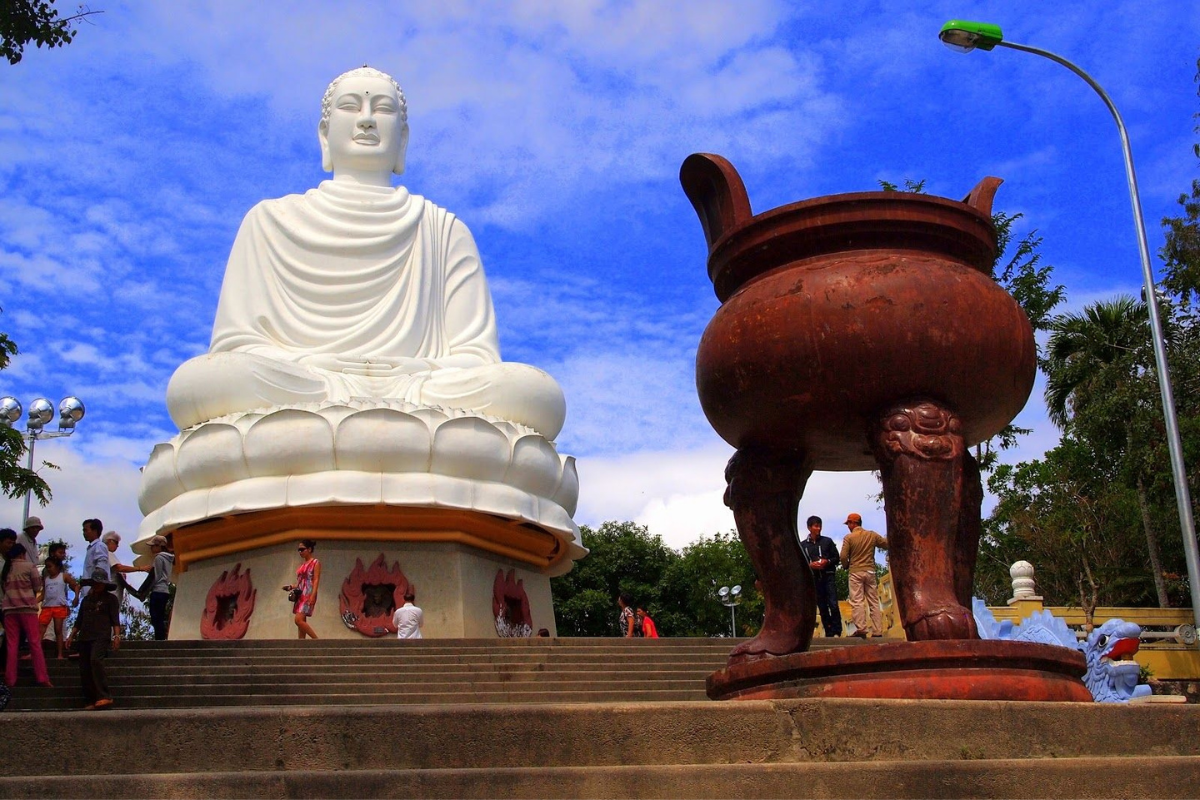
Nha Trang, a stunning coastal city located in Khanh Hoa province, attracts travelers year-round with its beauty. The climate here is mild and pleasant throughout the year. Summer, from April to June, is the most popular time to visit, as the hot weather is perfect for enjoying the cool seawater.
For those seeking pleasant weather, the best time to visit is from July to September, when the city enjoys less sunshine and minimal rain, making it ideal for various seaside activities. If you're looking to optimize your budget, consider traveling in October, November, or December, which is the off-peak season. However, be aware that heavy rainfall can be expected during these months, so check the weather forecast before planning your trip.
2.7. Phu Quoc
.png-image-zznfidqx.png)
Phu Quoc is a stunning island known for its gorgeous beaches and landscapes. The island has two distinct seasons: the dry season and the rainy season. The dry season, from November to April, is considered the best time for exploration and tourist activities.
Even during the rainy season from May to October, Phu Quoc can still be enjoyable, as it is the off-peak season, allowing for great deals on accommodation. The climate remains pleasant year-round, with average temperatures around 27.7 degrees Celsius, ensuring that no matter when you visit, you can enjoy the island's charm.
2.8. Ho Chi Minh City
.png-image-fagbuupi.png)
Ho Chi Minh City, experiencing a tropical monsoon climate, is characterized by two distinct seasons: the rainy season from May to November and the dry season from December to April. The rainy season brings high rainfall and humidity, while the dry season offers high temperatures around 33 degrees Celsius with lower rainfall.
Travelers can visit Ho Chi Minh City at any time of the year, thanks to its pleasant climate, which is perfect for a variety of activities such as sightseeing, wandering through local markets, visiting historical sites, and savoring street foods. For the best travel experiences, consider visiting from December to March when the weather is particularly enjoyable.
With diverse topography, the climate in Vietnam varies significantly from one region to another. This means that each region has its own unique charm and highlights, making it a year-round destination. So, pack your bags, and get ready to experience the vibrant culture and natural beauty of Vietnam, no matter when you choose to visit!
Discover the captivating beauty of Vietnam with our expertly crafted tours that take you through its diverse landscapes, rich history, and vibrant culture. Explore our most popular Vietnam travel packages and experience everything from scenic highlands to tropical beaches:
Why Choose World Mate Travel for Your Vietnam Adventure?
- Carefully selected accommodations from mountain retreats to seaside resorts
- Tailored experiences including cultural encounters, nature hikes, and island getaways
- 24/7 customer support to ensure a smooth and unforgettable journey across Vietnam
Book your Vietnam adventure today and uncover the timeless charm and natural wonders of this incredible country!
Contact Us:
Email: sales@worldmatetravel.com
WhatsApp: +84988660505

